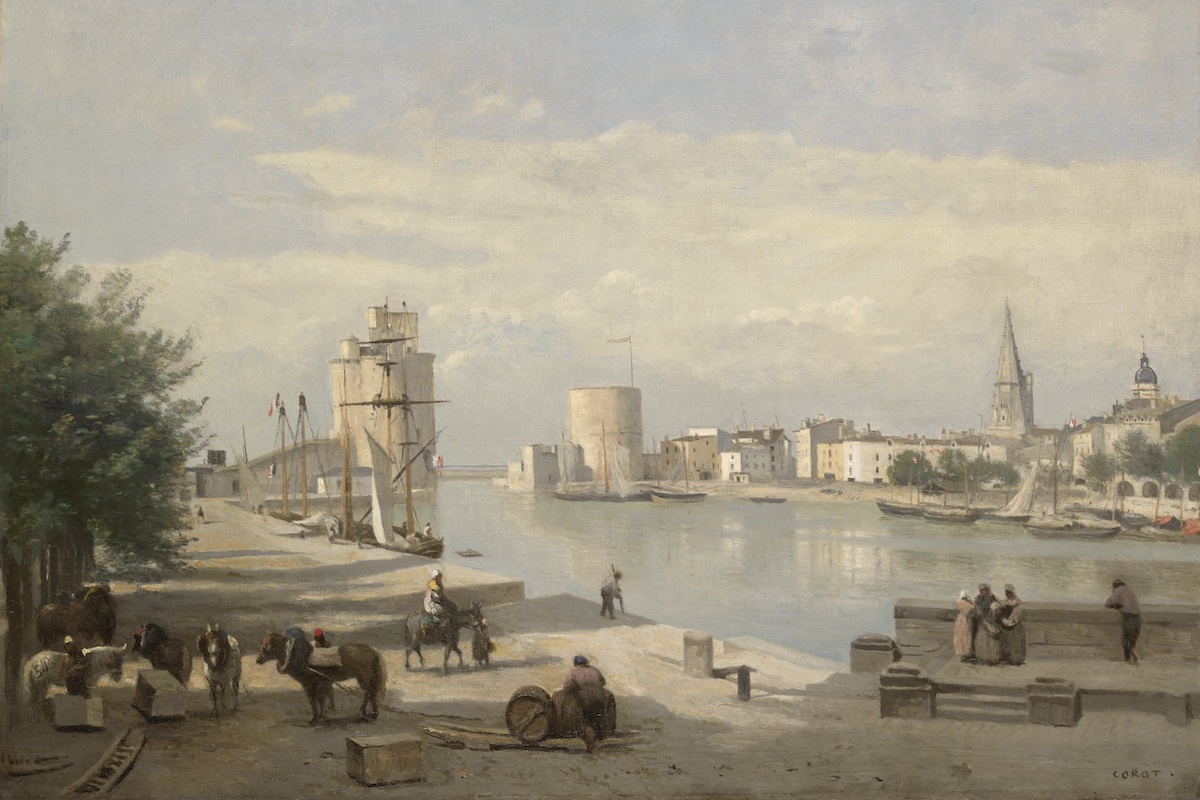Yale Against Western Art
Published on February 13, 2020
Yale against Western Art
For decades, Yale offered a two-semester introductory sequence on the history of Western art. The fall semester spanned the ancient Middle East to the early Renaissance; the spring semester picked up from the High Renaissance through the present. Many Yale students were fortunate enough to take one or both of these classes while the late Vincent Scully was still teaching them; I was among those lucky students. Scully was a titanic, galvanizing presence, combining charismatic enthusiasm with encyclopedic knowledge. When the lights went down in the lecture hall, the large screen behind him, on which slides were projected, became the stage on which the mesmerizing saga of stylistic evolution played out. How did the austere geometry of Cycladic icons bloom into the full-bodied grandeur of the Acropolis’s Caryatids? Why were the rational symmetries of the Greek temple, blazing under Mediterranean light, replaced by the wild vertical outcroppings of the Gothic cathedral? What expressive possibilities were opened up by Giotto’s fresco cycle in the Arena Chapel?
Such questions, under Scully’s tutelage, became urgent and central to an understanding of human experience. Trips to the Yale Art Gallery supplemented his lectures, where it was hoped that in writing about an object in the collection, students would follow John Ruskin’s admonition that the “greatest thing a human soul ever does in this world is to see something, and tell what it saw in a plain way.” I chose to analyze Corot’s The Harbor at La Rochelle, being particularly taken by the red cap of a stevedore, one of the few jewel colors in a landscape of silken silvers and transparent sky blues.
By 1974, when I enrolled at Yale, its faculty had long since abdicated one of its primary intellectual responsibilities. It observed a chaste silence about what undergraduates needed to study in order to have any hope of becoming even minimally educated; curricular selections, outside of a few broad distribution requirements, were left to students, who by definition did not know enough to choose wisely, except by accident. So it was that I graduated without having taken a single history course (outside of one distribution-fulfilling intellectual history class), despite easy access to arguably the strongest American history faculty in the country. Scully’s fall semester introductory art history course has been my anchor to the past, providing visual grounding in the development of Western civilization, around which it is possible to develop a broader sense of history.
But now, the art history department is junking the entire two-semester sequence, as the Yale Daily News reported last month. Given the role that these two courses have played in exposing Yale undergraduates to the joys of scholarship and knowledge, one would think that the department would have amassed overwhelmingly compelling grounds for eliminating them. To the contrary, the reasons given are either laughably weak or at odds with the facts. The first reason is the most absurd: the course titles (“Introduction to the History of Art: Prehistory to the Renaissance” and “Introduction to the History of Art: Renaissance to the Present”). Art history chair Tim Barringer apparently thinks students will be fooled by those titles into thinking that other traditions don’t exist. “I don’t mistake a history of European painting for the history of all art in all places,” he primly told the Daily News. No one else would, either. But if the titles are such a trap for the Eurocentric unwary, the department could have simply added the word “European” before “Art” and been done with it. (Barringer, whose specialities include post-colonial and gender studies as well as Victorian visual culture, has been teaching the doomed second semester course—a classic example of the fox guarding the henhouse.)
More:
More:




Comments
Post a Comment